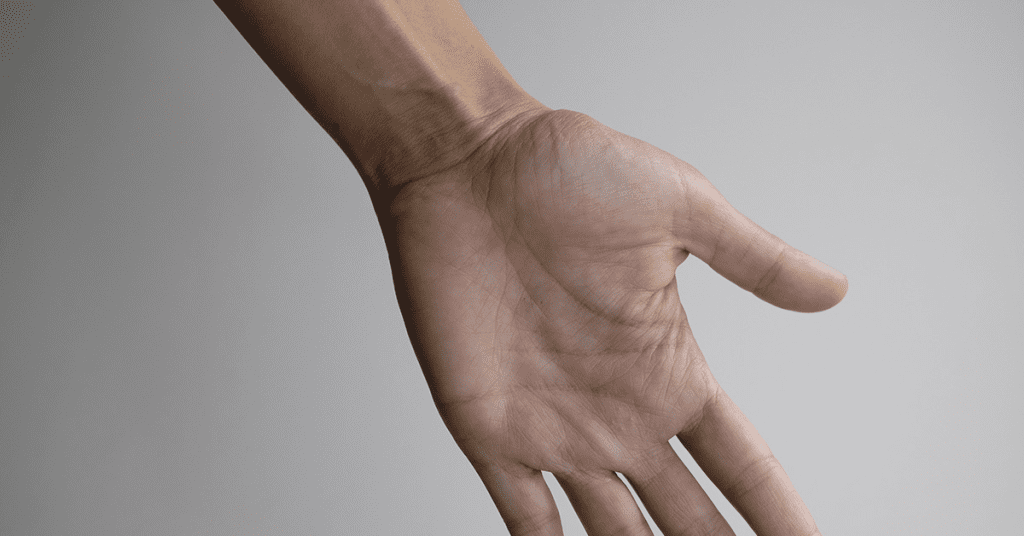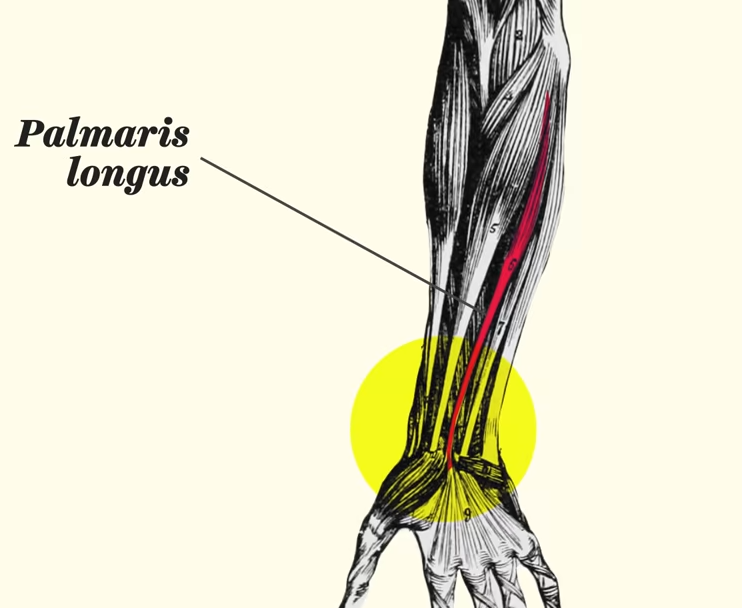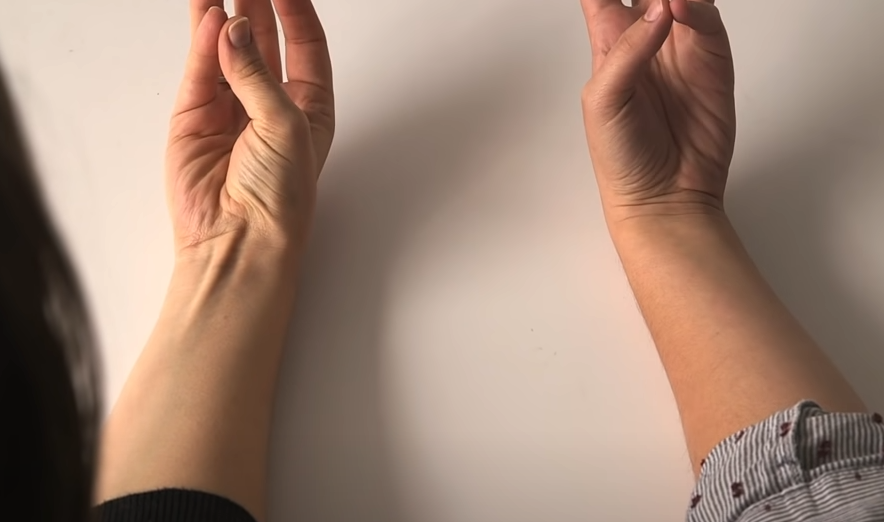Evolution is intriguing and mysterious, drawing connections among all mammals, including us. The notion that we share a common ancestry with creatures from early apes to Neanderthals makes one ponder deeply. But where can we see concrete proof of evolution?
A Fascinating Place to See Evolution? Our Own Bodies!
Many of our physical traits are vestiges from our ancestors, no longer serving a vital purpose in our modern lives. Despite no longer scavenging for food or wandering as nomads, we still retain these once-essential features. These characteristics were crucial for our ancestors’ survival.

Take, for example, the curious phenomenon of goosebumps. It’s not just a random quirk. For our mammalian ancestors, goosebumps played a key role in dealing with cold temperatures. When cold, a muscle connected to our arm hairs contracts, causing the hairs to stand erect, creating bumps on the skin’s surface.
In our current lives, this response doesn’t have significant utility. However, it’s still observable among modern mammals. Consider a pigeon fluffing up its feathers on a cold winter day—this is the same biological instinct. Evolution in action, if you will.
Similarly, when an animal feels threatened, like when you startle your cat, its fur puffs out. This ancient defense mechanism aimed to make the animal appear larger, deterring potential threats.
An Undeniable Proof of Evolution

One concrete example of evolution can be found in our arms, particularly within our tendons. Around 10-15% of the human population lacks a specific tendon, indicating ongoing human evolution.
This tendon is linked to the palmaris longus muscle, utilized by arboreal primates like lemurs and monkeys for moving from branch to branch. As humans and ground-dwelling apes like gorillas evolved, this muscle and tendon became redundant.
Today, nearly 90% of humans retain this vestigial trait. Curious if you have it? Place your forearm on a table, palm upward. Touch your pinky to your thumb and lift your hand slightly. If you see a raised band in the middle of your wrist, that’s your palmaris longus tendon.
Seeing No Tendon? Congratulations, You Are Showing Evolution!

Whether you have this tendon or not, it serves as a fascinating link to our evolutionary history. Those with it carry a tangible connection to our ancestral past, while those without it represent ongoing human evolution.
The remnants of our evolutionary history within our bodies are endlessly fascinating. It’s astounding how seemingly insignificant or outdated physical traits offer profound insights into our evolutionary journey.